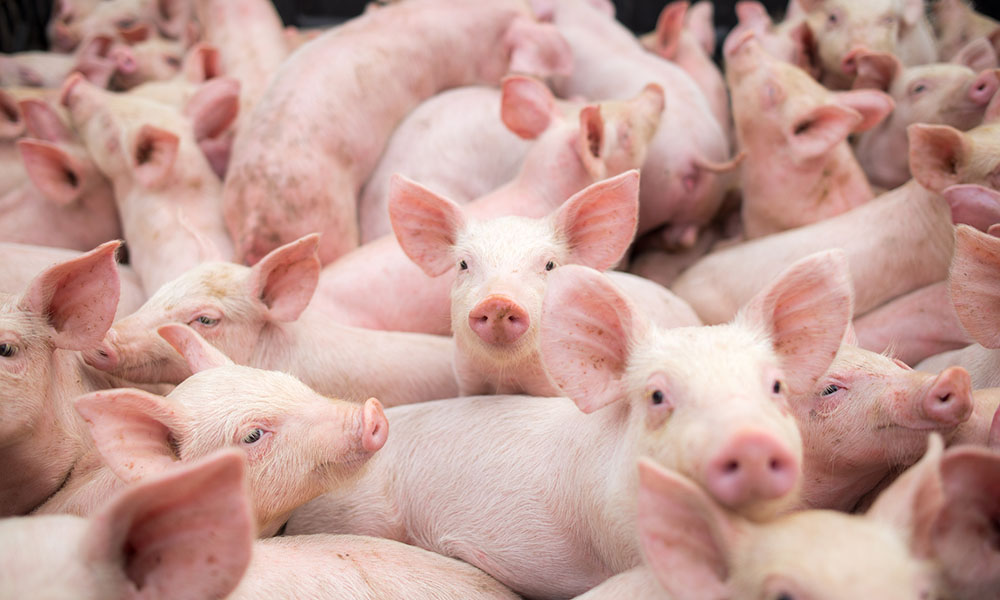Chinese herd of swine matrixes must fall in 2022 – USDA

On October 12, the US Department of Agriculture (USDA) released its report on the meat sector at global level, with forecasts for 2022. The focus is on the numbers of the Chinese swine industry. And it could not be different, considering that the Asian country has impacted the dynamics of several markets around the world over the past few years. It is worth noting that the Chinese market is currently facing a severe crisis, caused by the strong advance in production, negatively impacting prices throughout the entire chain.
For China’s swine herd, USDA forecasts 37.5 million head on January 1, 2022, down 2.5% from 38.5 million head at the beginning of 2021. China’s Ministry of Agriculture and Rural Affairs (MARA) reduced its matrix herd target for the five-year plan (2021-2025) to a range of 37-41 million head. The previous target was between 40 and 43 million head of matrixes. Thus, the numbers of the Chinese government start to converge with those from USDA, bringing a little more clarity about the current situation faced by China. A point that draws attention is that, at the end of June, the number of matrixes exceeded 45 million head, according to reports from the Chinese government. In other words, the slaughter of matrixes in China is happening in a marked way, but it is worth pointing out that these matrixes are the least productive, owned by small farmers.
For Chinese pork production in 2021, USDA now estimates 46 million tons, up 26.58% from 36.34 million tons in 2020, as a result of the strong advance in slaughtering. For 2022, Chinese production was forecast at 43.75 million tons, down 4.89% from this year. Weak prices, high costs, and fears about African swine fever (ASF) accelerated the sales of live pigs, mainly by small producers, with lower capital and financial structure, collaborating to the price lows in 2021.
Since the beginning of the year, the average of live kilogram in China has already fallen 66.84%, standing at 11.54 yuan in the first week of October, according to data from MARA, a level similar to that registered in July 2018, when the first cases of ASF were reported in the country. The price of piglet has already dropped 72.04% this year, amid the withdrawal of farmers due to the uncertain future in terms of profitability. The process of squeezing supply in China will take months to occur, and, while that happens, margins will remain depressed, discouraging local production.
Read also
Wheat in Southern Brazil Impacted by Dry Weather and Frosts
Oilseed Industry. Leaders and Strategies in the Times of a Great Change
Black Sea & Danube Region: Oilseed and Vegoil Markets Within Ongoing Transfor...
Serbia. The drought will cause extremely high losses for farmers this year
2023/24 Safrinha Corn in Brazil 91% Harvested
Write to us
Our manager will contact you soon



